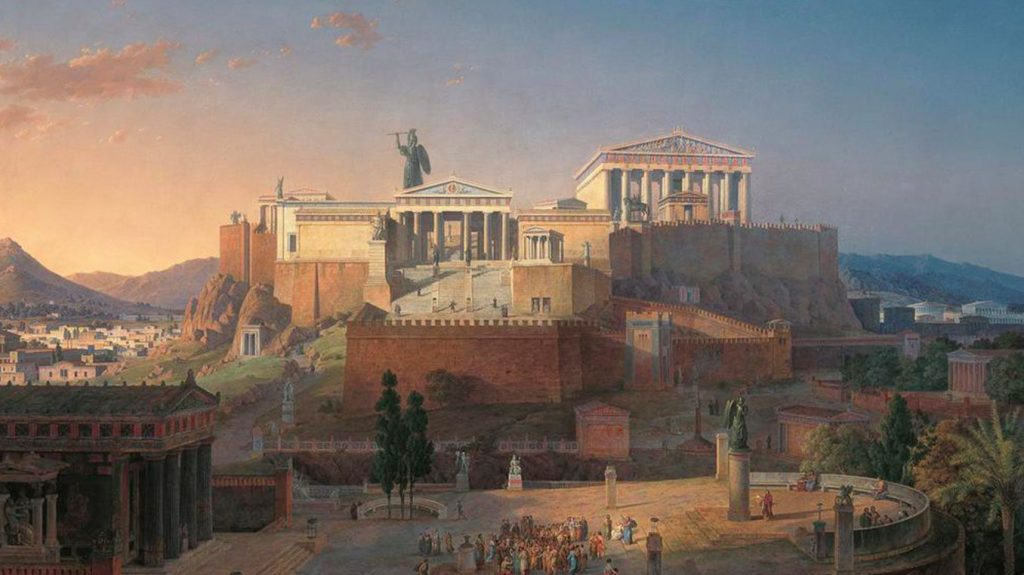(1 600 000 – 200 000 B.C.) Homo Erectus moves from central Africa towards the north, knows how to obtain fire and creates the ´home´ with a fireplace. They started by creating huts with oval plants, of dimensions of 8 – 15 metres long and 4 – 6 metres wide. The fireplace was the centre of the hut, which suggest a congregation. These are the begginings of architecture.
(100 000 – 40 000 B.C.) Homo Neanderthalensis inhabits caverns in North Africa, Europe and the East. He is community oriented and starts using symbolic terms. They even believed in continuity of life after death.
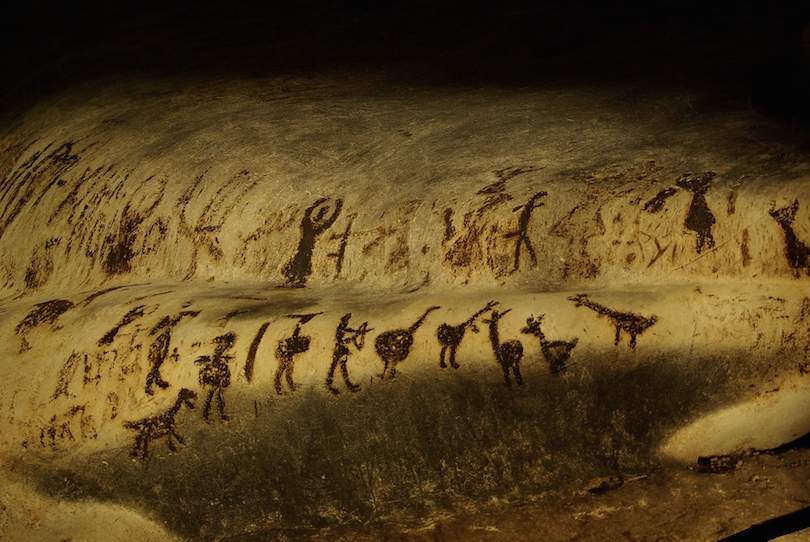
(40 000 B.C.) Homo Sapiens had great intellectual capacity which were reflected in the sculptures and in the cave paintings. Huts of these epoque were reinforced with bones and skulls of mammoths and covered skins of animals.
(8 000 B.C.) Agriculture was firmly established. Social organization became more complex and different types of buildings appeared. The first great type of city´s enclosure was protected by a defensive wall. It was made up of groups of rectangular houses which was separated with some courtyard without streets.

(4 000 B.C.) Several important large cities were developed and are still permanently inhabited in Mesopotamia, writing was developed too as it brought prosperity. The most characterised piece of architecture of these epoque were the Ziggurats. They are temples built on top of platforms, overlapped and stepped with ramps and stairs, imitating the dwellings of the gods. The structure resembles the shape of the pyramids.
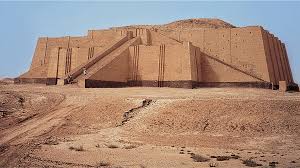
(3 500 B.C.) The Egyptians. The Nile river was the most essential factor of these architecture. Their civilization survived almost 3 000 years. The temples were the most important public buildings, as it was the house of god. The architecture was about permanence and immunibility, with purposes of order and continuity. The Pyramids were built with limestone masonry and integrated in the temple set, portico with chapels and walls.
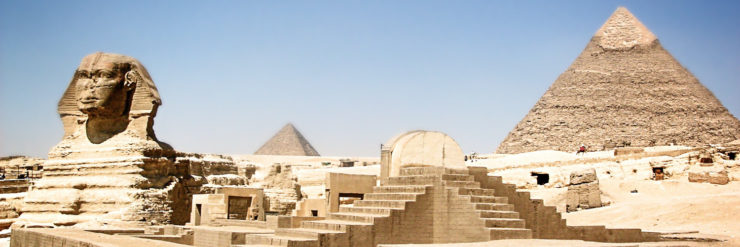
(1 200 B.C.) The Greeks, they learned a lot from Egyptian architecture evolving it and creating their own style. The aim was to achieve excellence in all the possible forms. The Polis were the greek cities that grew up around fortifications and with farms in the surroundings. Most of the public buildings were concentrated in the centre of the city, the Agora, where most of the community life was. The Temple was the most important building. cella was the nucleus of the Temple with an simple closed space on the inside. And only the priests and some other special identities could enter the Temple. The greeks were very perfectionist with the technic of building them in oredr to avoid any visual deformation. Theaters and stadiums were very important for the communities activities, so they were the largest buildings formed of that era. Greek houses were simple, they had a central courtyard an the rooms were around it.
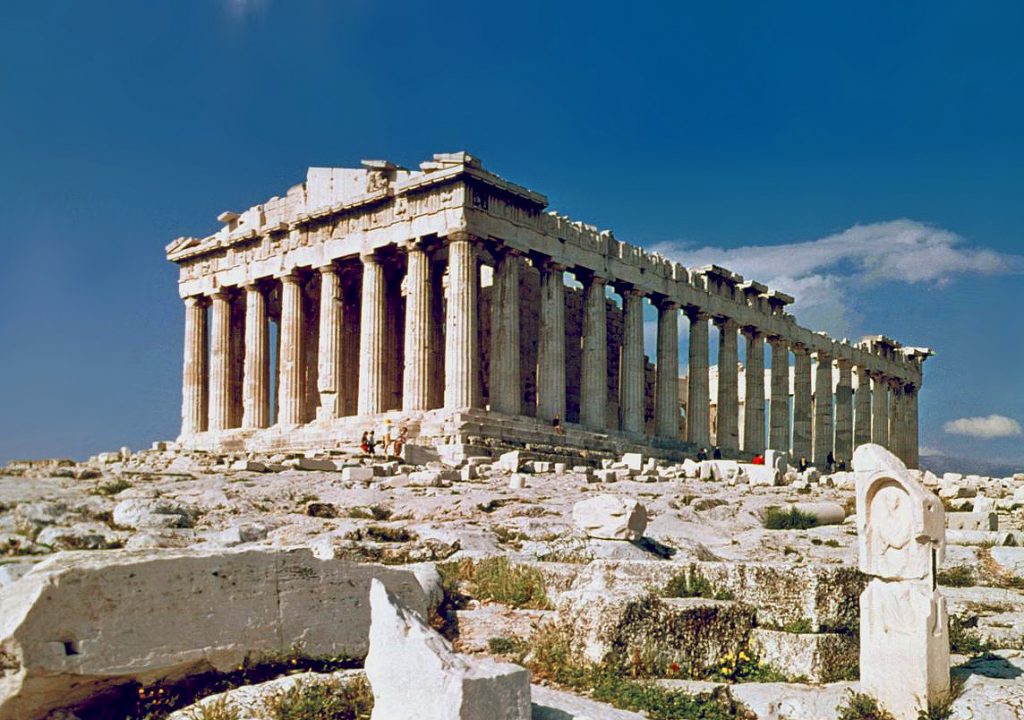
(1 100 B.C.) The Romans started to spread throughout the Mediterrenean developing a universal architecture. They discovered concrete, which lead to the building of new and very important structures such as highways, bridges, fortifications, walls and roads. They designed and created sewage networks, aqueducts, roads that lead to different places of the empire and many public buildings. The amphitheaters were a roman innovation represented as a double theater with an elliptical scene and continuous grandstand. The cities were structured with orthogonal planning leading to two main streets from the forum (centre).
(400 A.D.) from the 2nd century onwards the Roman empire started desintegrating and became christianized, so the principle architectural works were the churches and some public buildings. Then from the 15th century architecture started to evolve more quickly again from the Renaissance to the Modern age.
